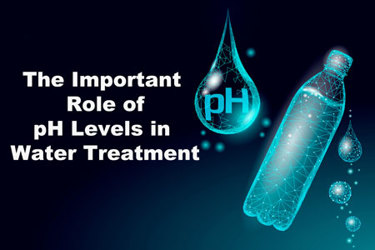The Importance Of pH Levels In Water Treatment

In the realm of water treatment, the pivotal role of pH levels cannot be overstated. This article delves into the profound influence of pH on the efficiency and efficacy of drinking water and wastewater treatment systems. With water pH serving as a linchpin, operators must grasp its implications for contaminant behavior and treatment processes, safeguarding equipment, people, and the environment.
The pH scale, spanning from 0 to 14, underscores the importance of maintaining neutrality (pH 7) within the range of 6.3 to 7.6. Precise adjustments using chemicals like soda ash or sodium hydroxide are vital, with key focus areas including coagulation, flocculation, disinfection, collection, distribution, and biological processes.
Monitoring and adjustment techniques involving water analyzers and chemical metering pumps are explained, emphasizing compatibility with chemicals and pump materials. Notably, CO2 dosing emerges as a controlled, environmentally friendly solution. Ultimately, recognizing pH's pervasive influence empowers operators to achieve consistent and reliable outcomes in every facet of water and wastewater treatment, underlining its indispensability in the quest for clean and safe water systems.
Get unlimited access to:
Enter your credentials below to log in. Not yet a member of Water Online? Subscribe today.
